LEEKANGHA Art Museum (이강하미술관)
3.1Km 2024-11-14
6 3·1manseundong-gil, Nam-gu, Gwangju
The LEEKANGHA Art Museum, opened in 2018, offers a range of exhibitions, educational programs, and a research center. Visitors can explore the life and art world of Lee Kang-ha in different eras through various exhibitions and gain a deeper understanding of art with performances and educational programs. The museum aims to foster empathy and communication to enrich cultural knowledge by using diverse art-culture experience programs.
10y Ground (10년후그라운드)
3.1Km 2024-11-14
1 Yangchon-gil, Nam-gu, Gwangju
Originally a sports complex, the 10y Ground has transformed into a dynamic cultural hub offering educational opportunities, community programs, and a range of unique initiatives. It also provides space for diverse services, including food, beverages, and lifestyle options. Visitors can enjoy various cultural and art programs and shop for locally produced goods and souvenirs.
Kwangju Bank Museum (KJB금융박물관 (광주은행 금융박물관))
3.1Km 2024-12-20
225 Jebong-ro, Dong-gu, Gwangju
Kwangju Bank Museum established to celebrate the 44th anniversary of the bank, is the first financial bank in the Honam region. Visitors can explore a collection of over one thousand financial artifacts and learn about the history of financial institutions in the region, as well as the evolution of Korean and global currency at the museum. The museum offers financial educational programs for various age groups and also provides a cultural space, allowing visitors to connect through art and learn more about the region's heritage.
Ramada Plaza By Wyndham Chungjang (라마다플라자 충장호텔)
3.1Km 2024-11-28
369 Cheonbyeonu-ro, Dong-gu, Gwangju
Ramada Plaza By Wyndham Chungjang is the second Ramada Plaza in Gwangju with a view of Mudeungsan Mountain and Gwanjucheon Stream. The hotel has spacious 95 rooms with facilities including a fitness center, male-only sauna and more. Convention Center with a view of Mudeungsan Mountain, lounge and entertainment facilities with a trendy style provide guests with the comfort for any type of travel.
Geomok Hanjeongsik (거목한정식)
3.1Km 2024-02-13
3-6 Cheonbyeonjwa-ro 364beon-gil, Nam-gu, Gwangju
+82-62-672-0333
Geomok Hanjeongsik is a restaurant that specializes in Namdo-style hanjeongsik (Korean table d'hote). Offering a singular menu item, hanjeongsik, guests select their preferred price range and the number of diners, and the dishes are prepared accordingly. A unique feature of this establishment is the seasonal variety of side dishes, ensuring a different culinary experience with each visit. Emphasizing health, the restaurant avoids strong-tasting chemical seasonings. Set in a converted hanok (traditional Korean house), Geomok Hanjeongsik provides a traditional atmosphere, enhancing the dining experience.
Obang Choi Heung-jong Memorial Hall (오방 최흥종 기념관)
3.1Km 2024-12-17
64 Jejung-ro, Nam-gu, Gwangju
Obang Choi Heung-jong Memorial Hall is dedicated to Rev. Obang Choi Heung-jong who was also a Korean independence fighter and a social activist. His lifetime of sacrificing for others while improving the Gwangju neighborhood made him a true hero. Visitors to the memorial hall can deeply understand the life that Obang Choi Hueng-jong lead.
Nike - Lotte Gwangju Branch [Tax Refund Shop] (나이키 롯데광주)
3.1Km 2024-04-17
5F, 268, Dongnip-ro, Dong-gu, Gwangju
-
Muji - Lotte Gwangju Branch [Tax Refund Shop] (MUJI 롯데광주)
3.1Km 2024-04-18
5F, 268, Dongnip-ro, Dong-gu, Gwangju
-
Gucci - Lotte Gwangju Branch [Tax Refund Shop] (구찌 롯데 광주점)
3.1Km 2024-04-23
268, Dongnip-ro, Dong-gu, Gwangju
-
BVLGARI - Lotte Gwangju Branch [Tax Refund Shop] (불가리 롯데 광주점)
3.1Km 2024-04-18
268, Dongnip-ro, Dong-gu, Gwangju
-
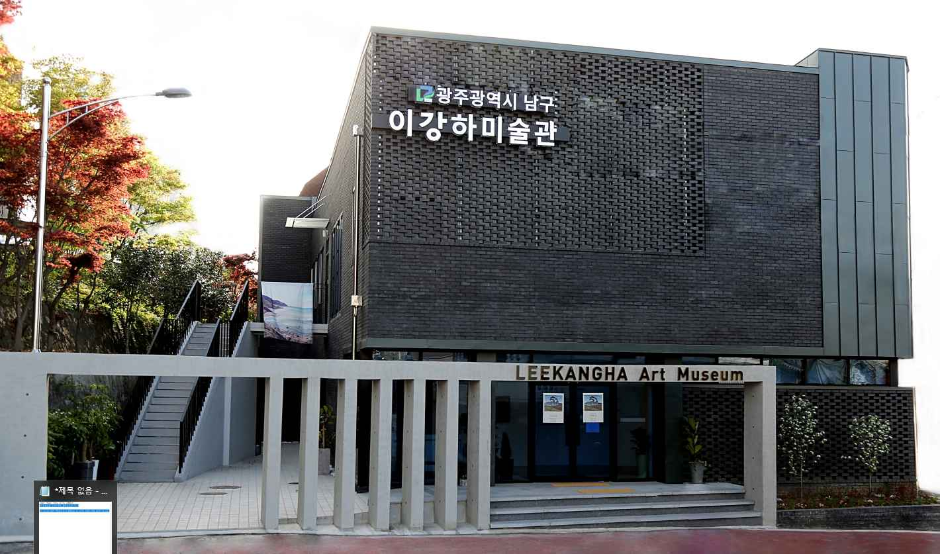
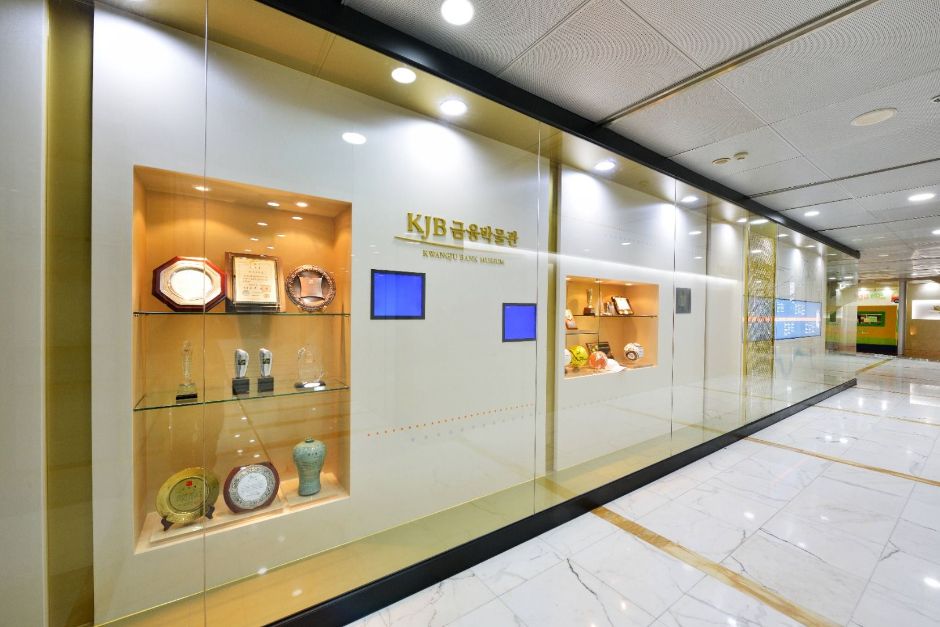
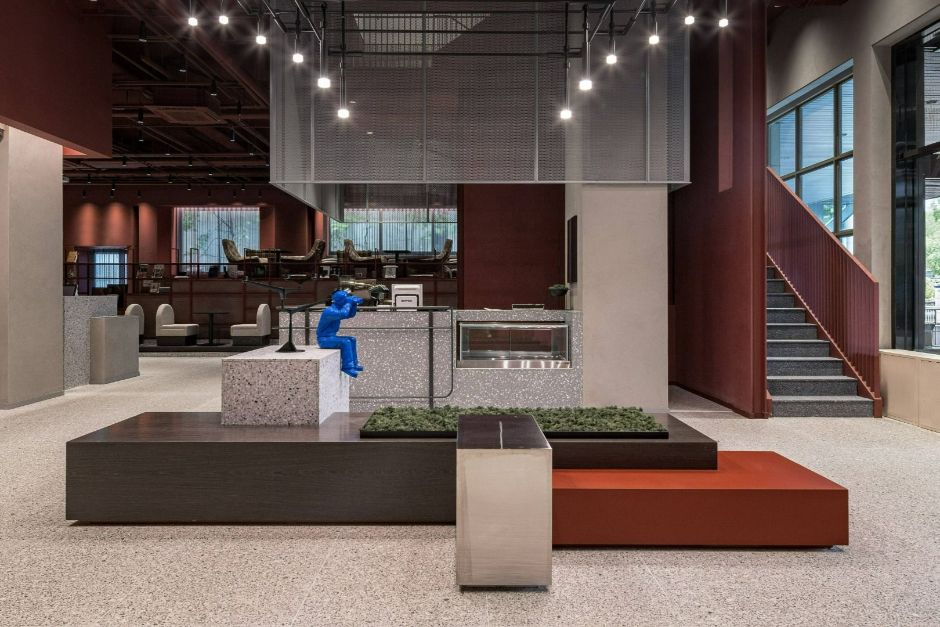
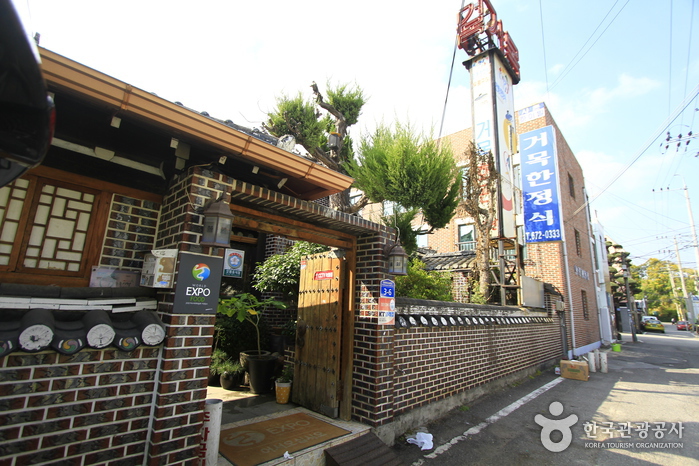
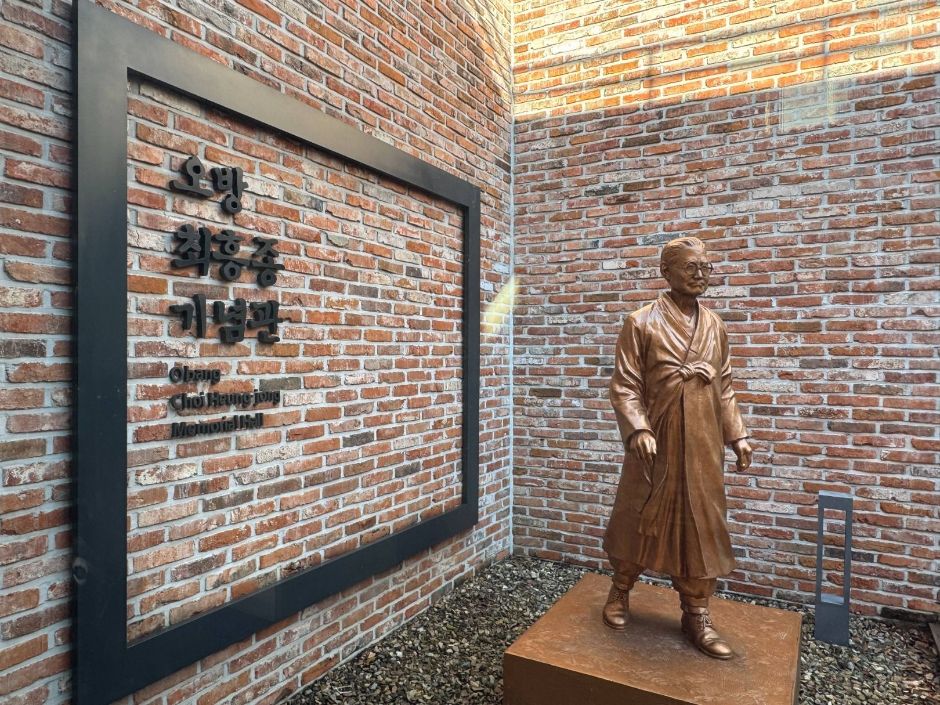
![Nike - Lotte Gwangju Branch [Tax Refund Shop] (나이키 롯데광주)](http://tong.visitkorea.or.kr/cms/resource/38/2886838_image2_1.jpg)
![Muji - Lotte Gwangju Branch [Tax Refund Shop] (MUJI 롯데광주)](http://tong.visitkorea.or.kr/cms/resource/42/2886842_image2_1.jpg)
![Gucci - Lotte Gwangju Branch [Tax Refund Shop] (구찌 롯데 광주점)](http://tong.visitkorea.or.kr/cms/resource/46/2886846_image2_1.jpg)
![BVLGARI - Lotte Gwangju Branch [Tax Refund Shop] (불가리 롯데 광주점)](http://tong.visitkorea.or.kr/cms/resource/50/2886850_image2_1.jpg)
 English
English
 한국어
한국어 日本語
日本語 中文(简体)
中文(简体) Deutsch
Deutsch Français
Français Español
Español Русский
Русский